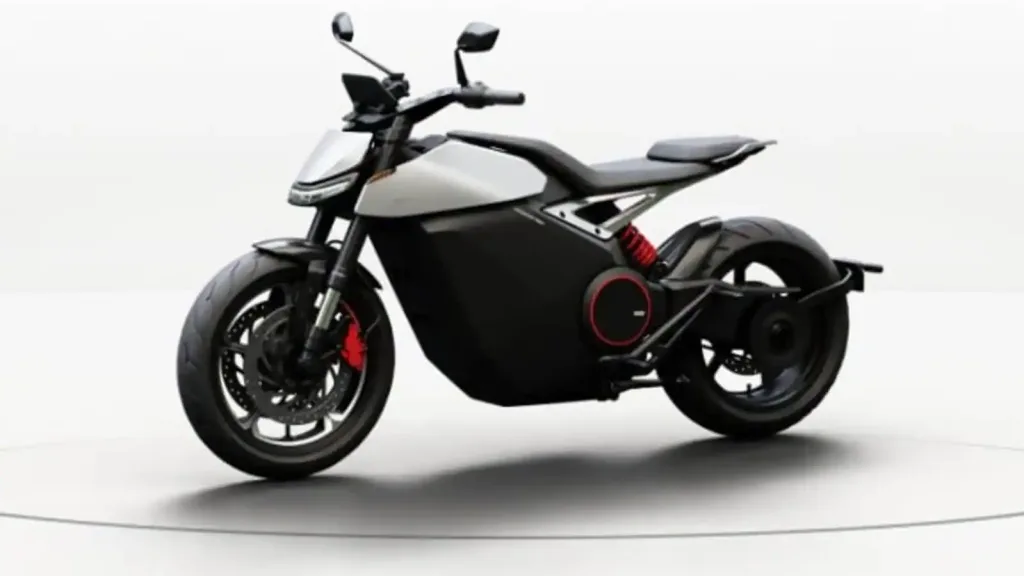Ola Electric, a trailblazer in India’s EV sector, is now setting its sights on electric motorcycles—with a bold prediction that this transition will unfold far more swiftly than the shift to electric scooters. Today, Ola Electric stands ready to revolutionize personal mobility once again, thanks to its rapidly evolving product range and growing service network.
Contents
From Electric Scooters to Electric Motorcycles
For the past three years, electric scooters have made waves in India by climbing from less than 1% to about 20% in penetration. According to Ola Electric, its new Roadster X and Roadster X+ motorcycles could match and exceed this pace in half the time, thanks to heightened consumer awareness and an already thriving EV ecosystem.
Unlike electric scooters—once considered niche or experimental—electric motorcycles are expected to hit mainstream acceptance more quickly because people are now familiar with terms like “range,” “charging networks,” and “maintenance costs.” This gives Ola Electric a ripe environment for scaling its motorcycle segment.
Why the Motorcycle Segment Matters

India is, by far, the largest two-wheeler market on the planet. While scooters remain popular, motorcycles have long dominated the roads in both urban and rural areas. By jumping into motorcycles, Ola Electric taps a huge share of the market that’s ready for advanced, eco-friendly mobility solutions.
- Greater Awareness: Thanks to the growing popularity of EVs, many people already understand their benefits, making the shift easier.
- Solid Infrastructure: Ola Electric has already invested in an expansive sales network and robust after-sales service, allowing it to launch and deliver motorcycles more efficiently.
- Cost Advantages: Rising fuel costs and significant daily commutes make EV motorcycles—with their lower operational expenses—an attractive option for riders across the nation.
Fast-Tracking EV Adoption
Over time, EV penetration for scooters is forecast to increase beyond 20%, possibly hitting 25–30% by 2025. But Ola Electric argues that competitors entering the field won’t slow them down; in fact, more EV brands will fuel consumer interest in zero-emission transportation. As people compare products, the overall market expands, further validating the viability of modern EV technology.
Financial Highlights and Challenges
Despite bullish prospects, Ola Electric reported a widened net loss for Q3 FY24. Some of this comes from hefty investments in product development, infrastructure, and consumer outreach. However, the company appears unfazed by immediate setbacks, focusing instead on long-term gains. With expanding motorcycle bookings and new product launches, Ola Electric hopes to convert ambitious forecasts into tangible sales numbers.
The Road Ahead
It’s not an exaggeration to say that electric motorcycles could become the next big leap in India’s mobility story, bridging the gap between easily accessible scooters and high-performance bikes. Ola Electric is positioning itself at the forefront of this shift, designing products that marry practicality, cost-effectiveness, and cutting-edge EV innovation.
As environmental awareness grows and government incentives continue, just about everyone—daily commuters, big-city residents, and even rural riders—stands to benefit from an electric revolution in the motorcycle space. And with Ola Electric confidently leading the way, the countdown to a cleaner, more efficient two-wheeler market has already begun.
Also read- BYD Sealion 7: The Game-Changing Electric SUV Set to Redefine the EV Market